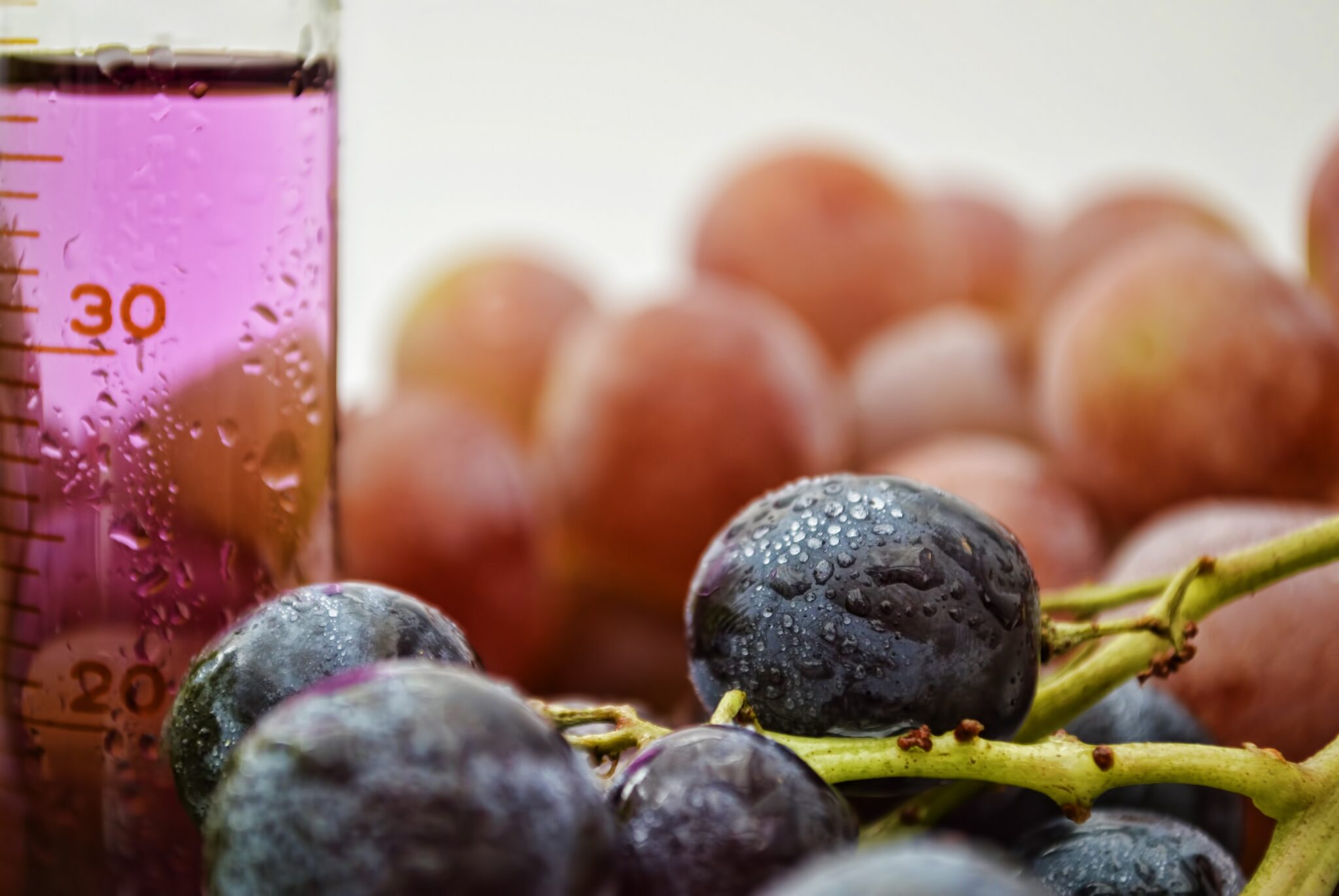
What if we put wine-producing grape varieties under a microscope to add genes that make them more resistant to disease and drought? With global warming bringing heavy rainfall and heat waves – real scourges to viticulture, the question deserves to be asked seriously, especially since this genetic engineering would make it possible to reduce the use of pesticides.
What if science already had the solution to anticipate the damaging effects of global warming on the grapevine? Passed on by the specialized media Vitisphere, the plea of a winegrower’s union member working in the Gard raises the question of new genomic technologies as a means of disease resistance. Specifically, it is about empowering scientists to intervene at the level of a grape variety’s genetic identity card to transfer genes to it to help it cope with downy mildew, powdery mildew and other grapevine diseases, as well as drought. to resist. According to André Baniol, this technique would make it possible to: “stop using pesticides without changing grape variety”and this “without losing their organoleptic characteristics or their surname, an essential access key to the market”.
This proposal is all the more interesting because a European plan provides for a 50% reduction in the use of phytosanitary products by 2025† Today, winegrowers have a portfolio of pesticides at their disposal to overcome grapevine diseases. Molds that cause mildew and powdery mildew can not only affect grapes and lead to yield loss, but they also have adverse effects on wine, altering their olfactory profile and adding abnormal acidity.
The question deserves to be asked, since in France, 20% of pesticides used in agriculture are used in vineyards, even though they represent only 3% of agricultural land. A few days ago, the association SOS Rivières et environnement indicated that the Charente-Maritime department was the fourth largest consumer of chemicals for its crops and even the largest consumer of glyphosate. The vines bred for the production of cognac were widely selected.
Grapes made in the laboratory
Genetics in viticulture is of course not new. Crossing grape varieties is already being used to make the vine more resistant to fungi. The National Institute of Agronomic Research (INRAE) has already developed several varieties that are resistant to powdery mildew and powdery mildew. This is the case, for example, for the grape called Floréal, a white grape variety near Sauvignon, which the Dubreuil estate planted in the Loir-et-Cher, according to a report published by the agricultural magazine horizons† The fact remains that the wines obtained from this grape made in the laboratory cannot apply for the designation of origin controlled by Touraine. However, the juices can be registered as a Protected Geographical Indication of the Loire Valley as the specifications of this PGI take this into account. This document, which is available on the Internet, also indicates the authorization of another white grape variety created by Inrae, Voltis. In red, we discover two other grape varieties created by French researchers: the artaban, which gives light wines, and the vidoc for colored and structured juices.
These grape varieties are no exception. A second generation of disease-resistant grapes has already emerged in the INRAE laboratories: they are called Coliris, Lilaro, Sirano, Selenor and Opalor. Since December 22, these grape varieties are even listed in the official national catalog of vine varieties.
The redesigned wine list of the world
The climatic hazards caused by global warming are tomorrow’s challenges for winegrowers. Why are they such a topic in viticulture? Actually, the vine needs water, especially during the budburst phase, that is, when it comes out of hibernation and the buds begin to bloom. Lack of water – the so-called water stress – can lead to smaller berries and ultimately to less tasty wines. Conversely, it’s easy to imagine the damage when the sky rages and causes the destruction of an entire plot under the effect of hail and storms. Rains that are too intense can also generate excessive humidity and lead to the appearance of mildew and powdery mildew, which can destroy an entire crop.
The French winegrowers already have to face the wrath of the air. Just a few days before the start of the harvest in early September, the Var was hit by a hailstorm. Earlier, in June, Champagne and the vineyards of Vouvray were hit by the same kind of danger. In April this time, the president of the Interprofessional Bureau for Burgundy Wines had indicated that a period of frost had caused at least 50% damage. During the 2021 harvest campaign, the president of the Vignerons Indépendants had not cut back and called the harvest “the weakest of the last century and the current century”by frost, hail or drought.
According to various forecasts for 2050, England could become an important vineyard for sparkling wine production, while Brittany will become fertile ground for Chardonnay. In Bordeaux, Merlot would lose its splendor due to its too early ripeness, which would therefore no longer be suitable for an environment with higher temperatures. With global warming, the world map of vineyards is being redrawn.
(ETX Daily Up)